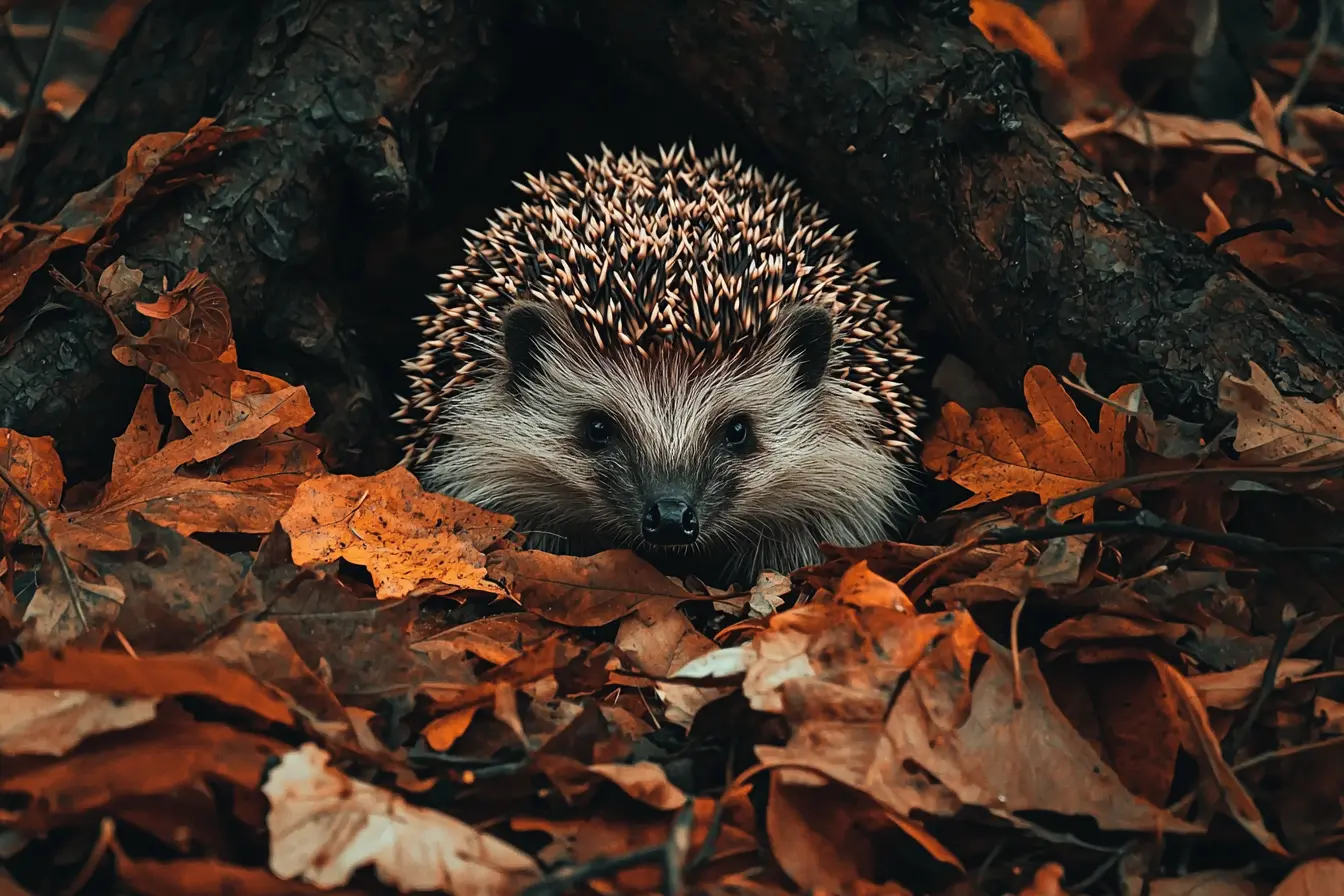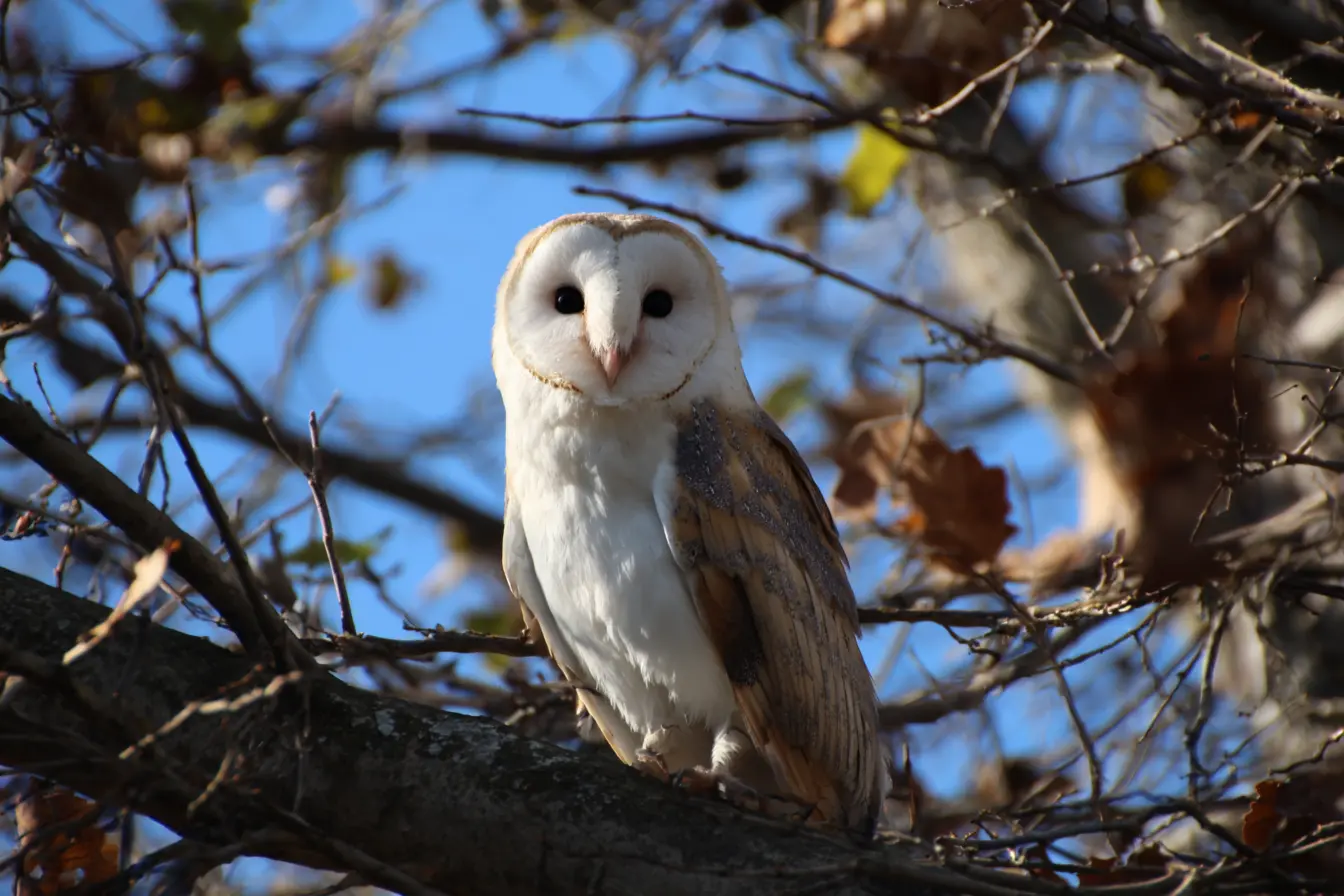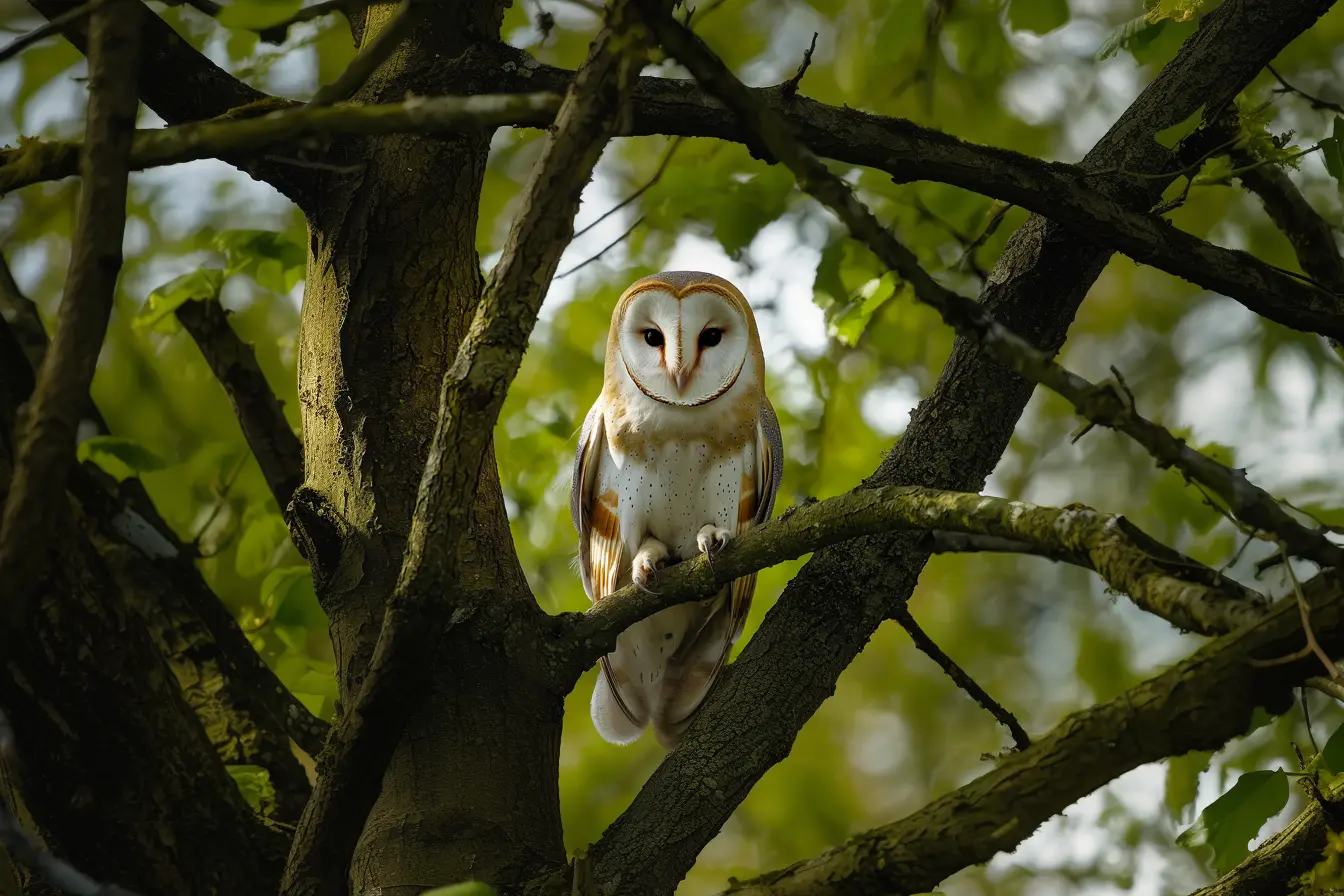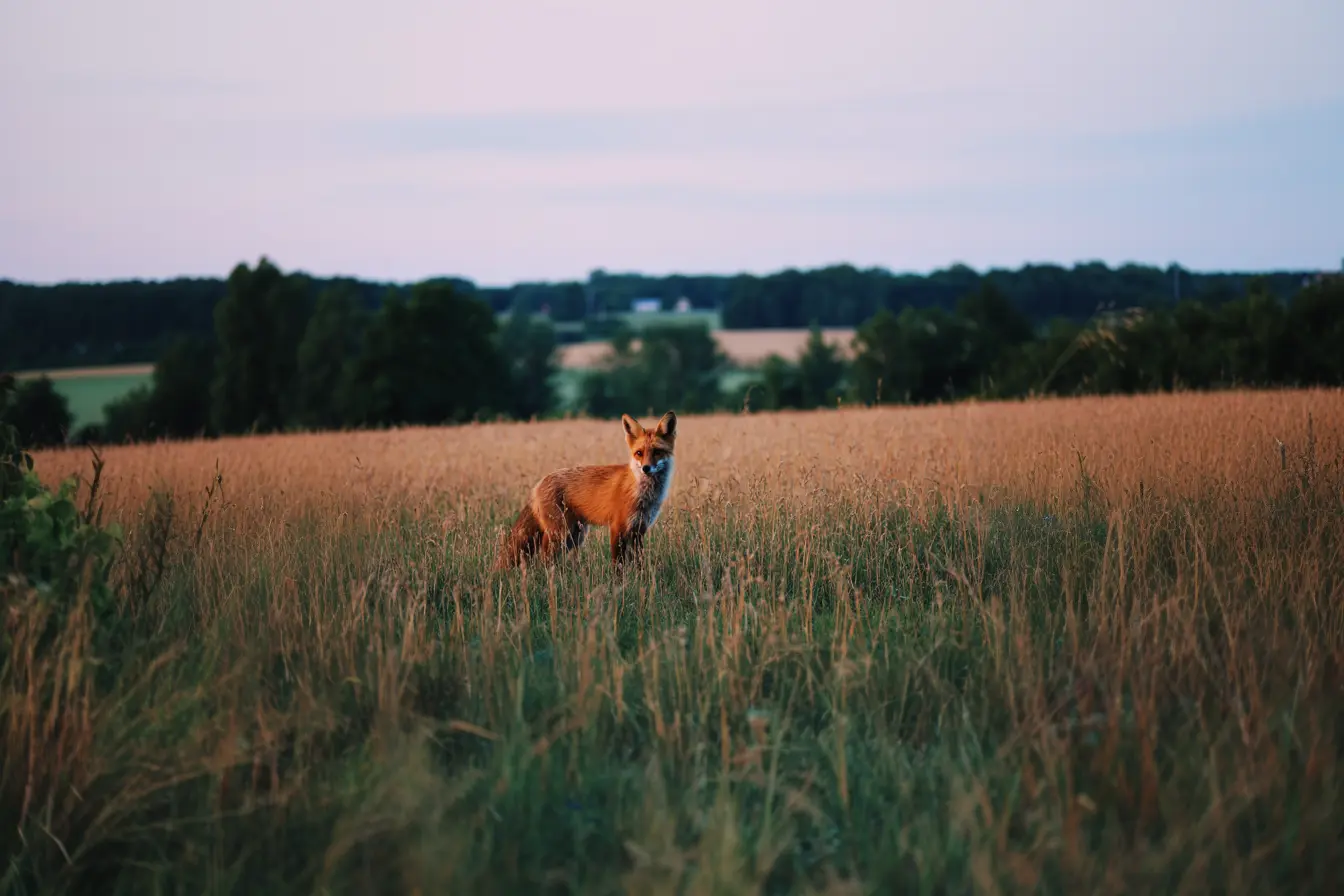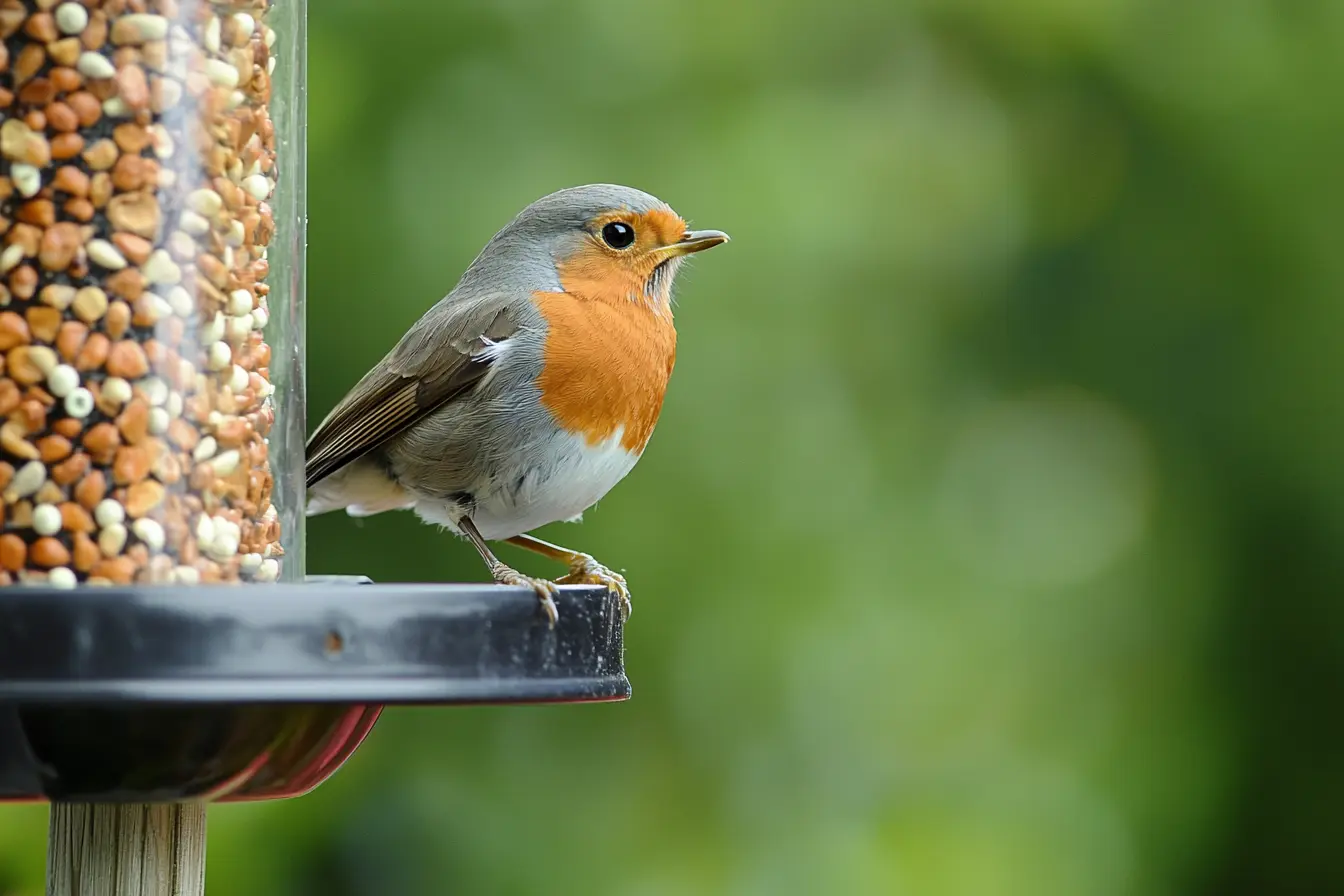
A Beginner’s Guide to Harnessing Wildlife for a Healthier, Pest-Free Garden
Garden pests like slugs, aphids, and caterpillars can wreak havoc on plants, but chemical pesticides harm beneficial wildlife and disrupt natural ecosystems. The good news is that nature provides its own pest control system. Encouraging the right wildlife into your garden can help you manage pests effectively while also creating a healthier, more balanced environment.
This guide covers everything you need to know about using wildlife-friendly pest control methods.
Why Use Wildlife for Pest Control?
Traditional pest control methods, such as chemical pesticides and slug pellets, can have negative effects on the environment:
- They kill beneficial insects and pollinators, such as bees and butterflies.
- They harm birds, hedgehogs, and amphibians, which eat common garden pests.
- They reduce biodiversity, leading to an imbalance in the ecosystem.
By working with nature instead of against it, you can control pests naturally, reduce your reliance on chemicals, and create a thriving garden for plants, insects, and animals alike.
Encourage Birds to Eat Insect Pests
Many birds feed on garden pests, making them excellent allies for natural pest control.
Common Pest-Eating Birds
- Robins – Eat aphids, caterpillars, and beetles.
- Blue tits & great tits – Feast on caterpillars and aphids.
- Blackbirds & thrushes – Hunt for slugs, snails, and worms.
- House sparrows – Devour aphids and small insects.
How to Attract Birds to Your Garden
- Install bird feeders (seeds, suet, mealworms).
- Plant native hedges and berry-producing shrubs for shelter and food.
- Provide nesting boxes to encourage breeding.
- Leave leaf litter and wild areas for ground-feeding birds like thrushes.
Tip: Avoid using slug pellets and pesticides, as they poison the insects that birds rely on for food.
Welcome Hedgehogs to Control Slugs and Snails
Hedgehogs are natural predators of slugs, snails, and beetles, helping to keep these pests under control.
How to Attract Hedgehogs
- Create a hedgehog-friendly garden by cutting a 13cm x 13cm hole in your fence to allow them to pass through (part of the Hedgehog Highway initiative).
- Leave out a shallow dish of fresh water.
- Provide a hedgehog house or log pile for shelter.
- Avoid using slug pellets, which can poison hedgehogs.
Use Frogs, Toads, and Newts for Slug Control
Frogs, toads, and newts are fantastic at eating slugs, snails, and insects.
How to Attract Amphibians
- Build a wildlife pond with shallow edges so amphibians can enter and exit easily.
- Avoid adding fish (they eat frogspawn and tadpoles).
- Create damp, shady hiding places with log piles and rockeries.
- Allow areas of your garden to be a little wild and overgrown.
Tip: If you find a frog or toad in your garden, never relocate it - they will naturally return to ponds when needed.
Encourage Bats to Eat Night-Flying Insects
Bats consume thousands of midges, mosquitoes, and moths every night, acting as natural pest control for your garden.
How to Attract Bats
- Install a bat box on a tree or the side of your house.
- Plant night-scented flowers like honeysuckle, jasmine, and evening primrose to attract moths (bat food!).
- Reduce light pollution, as artificial lighting can deter bats.
- Avoid removing old trees, as bats often roost in them.
Fun fact: A single pipistrelle bat can eat up to 3,000 insects a night!
Use Ladybirds, Hoverflies, and Lacewings for Aphid Control
Aphids (greenfly and blackfly) are a major garden pest, but natural predators like ladybirds, hoverflies, and lacewings keep them in check.
How to Attract Beneficial Insects
- Grow nectar-rich flowers such as marigolds, lavender, and daisies.
- Plant companion plants (e.g., nasturtiums attract aphids away from vegetables).
- Avoid using pesticides, as they kill beneficial insects along with pests.
Tip: If aphids are a big problem, you can buy live ladybirds online and release them into your garden.
Attract Spiders to Control Flying Pests
Spiders are excellent at catching flies, mosquitoes, and other flying insects.
How to Attract Spiders
- Avoid destroying cobwebs in outbuildings, sheds, or greenhouses.
- Plant dense shrubs and hedgerows where spiders can spin webs.
- Leave leaf litter and wood piles for ground-dwelling spiders.
Encourage Ground Beetles to Control Slugs and Caterpillars
Ground beetles eat slugs, caterpillars, and other soft-bodied pests, making them an asset to any garden.
How to Attract Beetles
- Create log piles and rockeries for shelter.
- Avoid using chemical pesticides, which kill beetles.
- Grow wildflowers and tall grasses to provide cover.
Fun fact: Some species of ground beetles can eat up to 50 caterpillars in a single night!
Use Companion Planting to Repel Pests
Some plants naturally repel garden pests, reducing the need for insecticides.
Best Companion Plants for Pest Control
- Marigolds – Repel aphids and whiteflies.
- Basil – Deters mosquitoes and flies.
- Chives & garlic – Keep aphids and carrot flies away.
- Nasturtiums – Attract aphids away from crops.
Planting these alongside vegetables and flowers can help reduce pest infestations naturally.
Create a Balanced Ecosystem
A healthy, biodiverse garden is the best defence against pests. By encouraging a wide range of wildlife, you create a self-sustaining ecosystem that keeps pest populations under control.
Key Tips for a Wildlife-Friendly Garden
- Plant a variety of native flowers, trees, and shrubs.
- Leave some areas wild to provide natural habitats.
- Avoid using artificial pesticides and slug pellets.
- Provide water sources such as ponds or birdbaths.
- Encourage hedgerows instead of fences to create wildlife corridors.
By making these changes, you can work with nature to keep pests under control while also benefiting biodiversity.
Conclusion
Encouraging wildlife in your garden is one of the most effective, sustainable, and environmentally friendly ways to control pests. Birds, hedgehogs, amphibians, bats, and insects all play a valuable role in maintaining a balanced ecosystem.
By providing food, water, shelter, and safe passage, you can create a thriving, pest-free garden without relying on harmful chemicals.
So why not start today? Let nature do the hard work for you and enjoy a healthier, more vibrant garden filled with wildlife!
Contents
- Why Use Wildlife for Pest Control?
- Encourage Birds to Eat Insect Pests
- Welcome Hedgehogs to Control Slugs and Snails
- Use Frogs, Toads, and Newts for Slug Control
- Encourage Bats to Eat Night-Flying Insects
- Use Ladybirds, Hoverflies, and Lacewings for Aphid Control
- Attract Spiders to Control Flying Pests
- Encourage Ground Beetles to Control Slugs and Caterpillars
- Use Companion Planting to Repel Pests
- Create a Balanced Ecosystem
- Conclusion
Tags
Related Vets
Vets near you
Speciality vets
- Aquatics vet specialists
- Birds vet specialists
- Camelids vet specialists
- Cats vet specialists
- Cattle vet specialists
- Deer vet specialists
- Dogs vet specialists
- Equines vet specialists
- Exotic vet specialists
- Goats vet specialists
- Pigs vet specialists
- Poultry vet specialists
- Sheep vet specialists
- Small Mammals vet specialists
- Wild vet specialists
